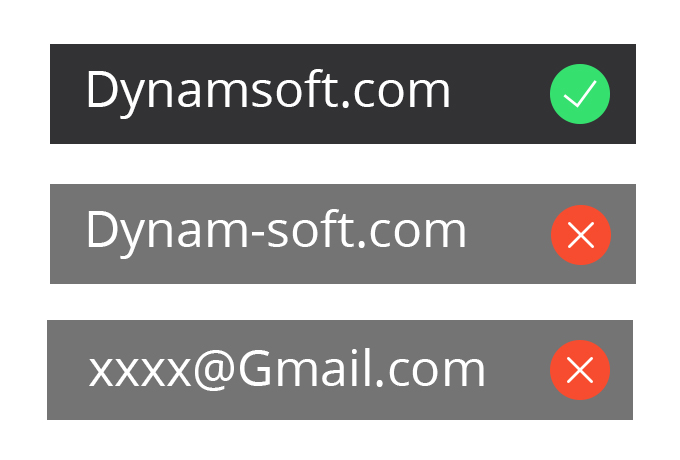Attention Jobseekers: Fake Job Scams Impersonating Dynamsoft
We have recently discovered a fraudulent scheme involving impersonating our company and offering fake job opportunities to unsuspecting applicants. These scammers employ various methods, such as email, phone calls, or social media, to reach out to potential victims, attempting to coerce them into sharing personal information or making monetary transactions.
Please note that the job offers you may have encountered are not authentic and do not originate from our company. We do not request payment or sensitive information from our candidates throughout our hiring process or engage third-party recruiters or agents to represent our company.

What to do when you receive suspicious communication regarding a job opening from Dynamsoft?
If you receive any suspicious communication claiming to be from our company, kindly refrain from responding or clicking on any links. To verify the authenticity of a job offer, please get in touch with us directly at hr@dynamsoft.com.
Rest assured, we are treating this matter seriously and collaborating with authorities and consumer protection agencies to report and investigate the scam. We apologize for any inconvenience or confusion this may have caused.
Further Measures for Safeguarding Against Employment Scams
Additionally, you can follow these steps to protect yourself from employment scams:
- Avoid responding to calls or messages from unfamiliar or suspicious phone numbers.
- Refrain from sending money to individuals you have not personally met or know or those who claim to be acting on behalf of a company.
- Keep your sensitive information, such as bank account/credit card details or account number, confidential and avoid sharing it with unknown entities.
- Do not share personal information, such as identity cards, passports, or driver’s licenses, in the initial phases of the hiring process.
Please exercise caution and remain vigilant to avoid such deceptive practices. Keep yourself protected and informed throughout your job search.



 Blog
Blog